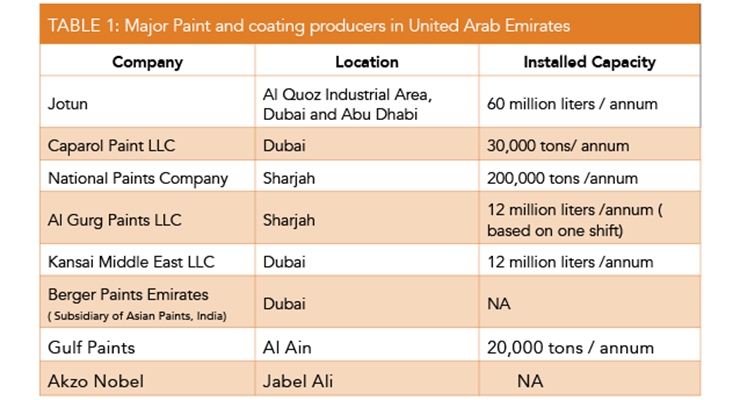Crucial Missteps To Avoid In Your Inside Paint Projects
Crucial Missteps To Avoid In Your Inside Paint Projects
Blog Article
Content Create By-Best Haagensen
Guaranteeing a successful indoor painting task goes beyond just grabbing a brush. The top blunders to prevent can make or break the result. From the initial choice of paint shade establishing the tone to surface area prep work laying the structure, each action plays an essential role. Rushing via the procedure may seem alluring, yet the repercussions can influence the long life and general high quality of the coating. Keep tuned to uncover how these usual missteps can be conveniently sidestepped to attain a perfect interior paint task.
Selecting the Incorrect Paint Color
Choosing the suitable paint shade is an essential decision when painting your interiors, as it sets the tone and ambience of the room. One usual blunder to stay clear of is selecting the incorrect paint shade. The shade you select can dramatically influence the general look and feel of a room.
For example, going with dark shades in a small area can make it really feel confined and gloomy, while choosing extremely bright colors might cause a room that really feels frustrating and distracting.
To avoid this mistake, consider variables such as the area's natural light, the feature of the area, and the mood you wish to develop. It's also important to examine paint examples on the wall surfaces prior to devoting to a color to see just how it looks in different lights problems throughout the day.
Inquiring from professional painters or interior designers can additionally help you make a notified choice and ensure that the chosen paint shade boosts the aesthetics of your room.
Neglecting Correct Surface Preparation
When repainting your insides, neglecting correct surface prep work can bring about unacceptable results and lessen the long life of the paint job. One of one of the most critical steps in accomplishing a professional-looking finish is guaranteeing that the surface areas to be repainted are tidy, smooth, and appropriately topped.
Disregarding to cleanse the wall surfaces thoroughly prior to paint can result in bond concerns, where the paint fails to properly stick to the surface area. just click the next site , dust, and grease can stop the paint from adhering uniformly, resulting in peeling or flaking with time.
Additionally, falling how much to paint $10,000 square feet to resolve imperfections such as splits, holes, or irregular textures can create the imperfections to reveal with the paint, detracting from the overall look of the space.
Properly priming the surface areas prior to paint is also necessary, as it aids the paint adhere much better, promotes also insurance coverage, and can protect against stains or staining from hemorrhaging with.
Taking the time to prepare the surface areas appropriately will ultimately make sure an expert and resilient paint job.
Rushing Through the Painting Process
Hastily advancing through the painting procedure can jeopardize the quality and resilience of the final result. Hurrying can lead to several concerns, such as unequal protection, noticeable brush strokes, paint drips, and missed places. Each of these troubles diminishes the general aesthetic charm of the space and can be lengthy to correct.
When paint, it's important to allow sufficient time for every layer to dry prior to applying the next one. Failing to do so can lead to the paint not sticking correctly, causing peeling off or flaking gradually. Additionally, rushing via the painting procedure may trigger you to overlook proper preparation, such as cleansing the walls or using guide, which can impact the long life of the paint work.
To avoid these mistakes, it's advised to comply with a systematic technique, consisting of thorough surface area preparation, using high-grade devices and materials, and permitting enough time for each and every coat to completely dry.
Verdict
Finally, avoiding typical mistakes when repainting your insides is essential for achieving a professional finish. By choosing the ideal paint shade, correctly preparing surfaces, and enabling appropriate drying out time, you can make sure an effective painting task.
Putting in the time to avoid these mistakes will ultimately lead to a more aesthetically attractive and lasting outcome for your home.
